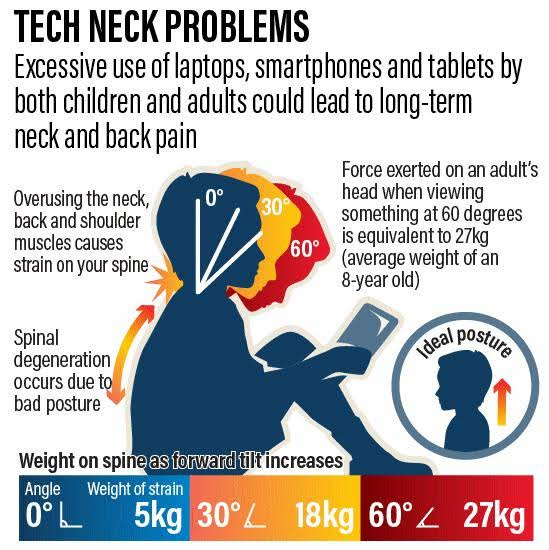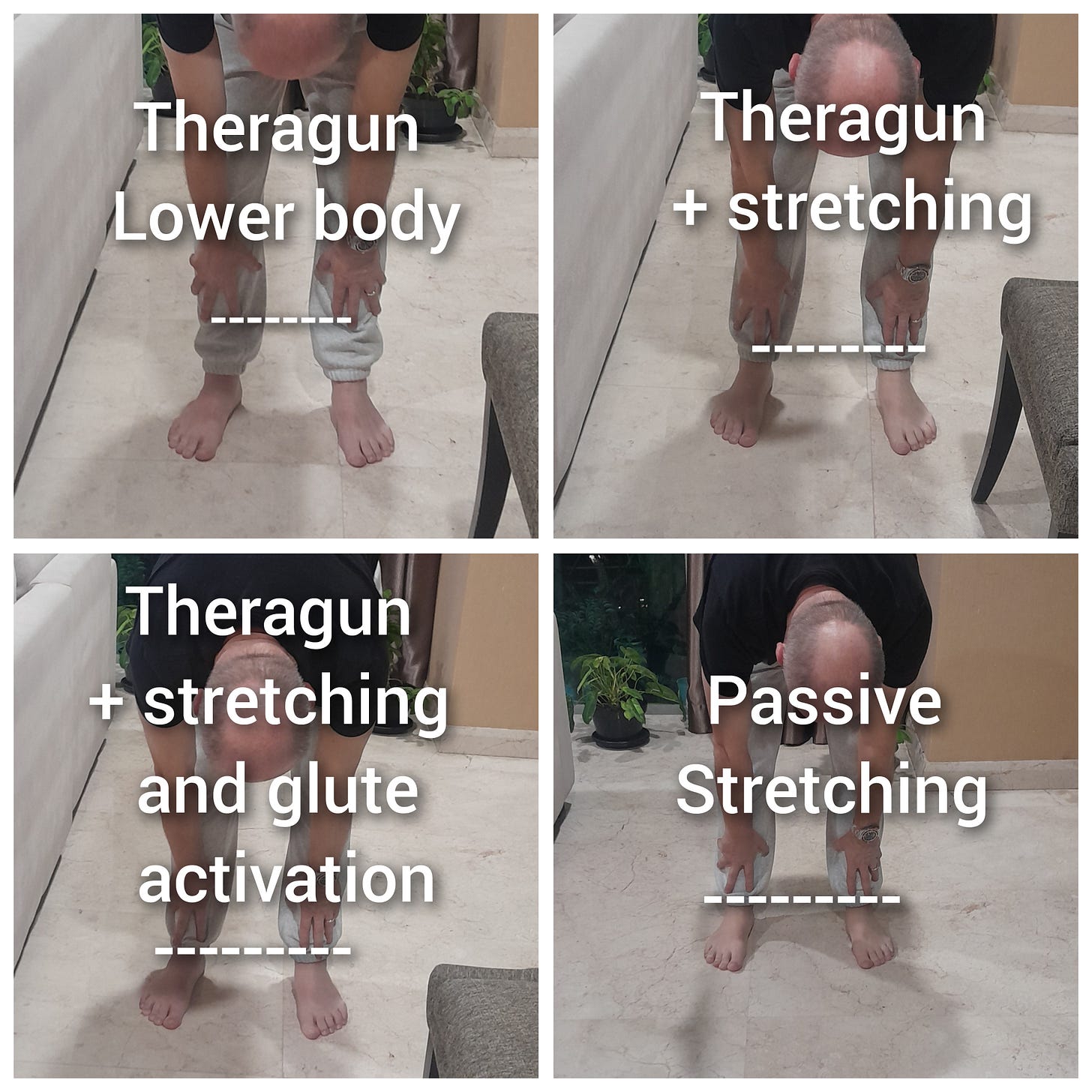Posture is everything - 'Devoting' the time to correct it, is the challenge.
Invest now or pay later!
Daily, I'm often questioned about my profession, and my response is simple: I'm a healer. My role involves crafting personalised programs that address your specific misalignments and imbalances. But what exactly does this entail?
Whether you're a dedicated gym enthusiast or a cardio junkie, it's essential to understand that your fitness routines may inadvertently create imbalances within your body. These imbalances can potentially alter the shape and functioning of your joints. We all have a dominant side, and when lifting or engaging in physical activities, the opposite limb may experience discomfort or pain at some point in your fitness journey. Ignoring these signals can lead you down a painful path, and it's crucial to acknowledge them as messengers guiding you toward recovery.
The age-old adage "No Pain, No Gain" has been ingrained in us since childhood. While there's truth to it, especially regarding pushing one's limits, not every workout should be a high-intensity ordeal. It's akin to revving your car's engine in first gear repeatedly; if you don't shift gears, you'll eventually damage the engine. The majority of recreational athletes tend to stay in this "first gear" zone, which can lead to problems down the road.
Before each training session, the first question your trainer should ask is, "How are you feeling today?" The workout plan should align with your energy levels. It's not uncommon for individuals in their 60s to create stories in their minds and push through discomfort just to chase endorphins. However, sometimes a recovery day is more beneficial than relentlessly pursuing those feel-good chemicals.
When it comes to healing imbalances and misalignments, it's important to understand that there are no quick fixes. It typically takes anywhere from 90 days to a year to address these issues properly. This assertion stems from my experience as a coach who has worked with over 10,000 athletes. Keep in mind that most readers here are likely recreational athletes or weekend warriors. If this weren't the case, why would there be a surge in physical therapists, increased reliance on pain medications, and varying results despite following similar workout programs? We live in a society that craves instant results, but when it comes to healing and balance, patience and consistency are the keys to long-term success.
Client 1: ONLINE
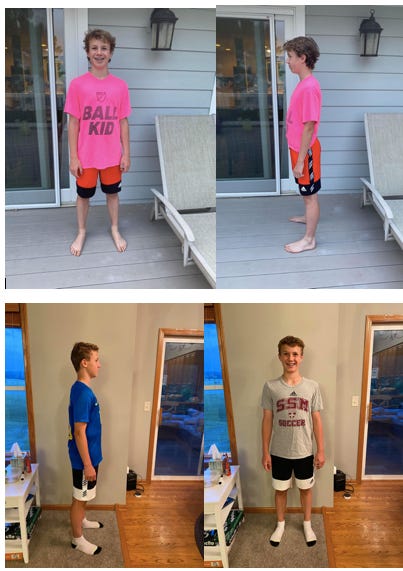

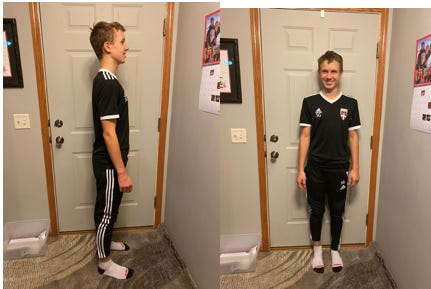
Since May 2020, I've been collaborating with a promising young football/soccer athlete. What's unique is that we've never met in person, but our connection transcends the physical realm; it's a spiritual and mental bond. I diligently monitor his progress through the photos and videos he shares with me. This monitoring extends beyond the game itself; I assess his imbalances and posture, elements crucial for any athlete.
If you observe the average kid his age, you'll likely find their head lowered/tilted downwards, thanks to smartphones and gadget addiction. However, in the world of sports, maintaining proper head alignment and posture is paramount. Having good peripheral vision and awareness is non-negotiable; it's the ability to see the entire field, to be aware of every player's position, and to anticipate their moves.
This young warrior has demonstrated an exceptional level of commitment for over 3.5 years, maintaining an impressive 99% consistency. Such dedication doesn't go unnoticed, and it's starting to yield results. This week, he embarks on a significant journey as he heads to Bayern Munich for a trial. I harbor no doubt that he'll stand out, for he possesses the qualities needed to go all the way in his football career. Pure and simple, he's got what it takes.
Sanjay - Injury time goal.
Client 2: FACE TO FACE
I recently had the opportunity to meet a client face-to-face, and we addressed his persistent back pain. Remarkably, within just 20 minutes, we achieved a significant breakthrough. The protocol involved releasing trapped energy in his body, which was obstructing the natural energy flow. We then proceeded with the process of repositioning this energy, incorporating stretches to create space. The astonishing result? He touched his toes for the first time in his life, a transformation beautifully documented in pictures.
Undoubtedly, he was thrilled with the outcome. However, I emphasized that maintaining these results would require a commitment to working on his posture for at least 6 times a week, dedicating 25 to 35 minutes each session. At this point, he looked at me with a hint of confusion and said, "I don't have time for that."
Life indeed revolves around choices and the ability to prioritize what truly matters, both in the immediate and the long term. When we neglect our health, opting for convenience over well-being, we often find ourselves paying the price down the road. I've witnessed this pattern countless times, and it's more prevalent than ever in today's fast-paced world.
Client 3: ONLINE
I've been working with an online client for the past five months who initially sought help due to knee problems exacerbated by her scoliosis condition. She was concurrently receiving guidance from her Pilates instructor, meeting with them every week. As her healing journey progressed, her Pilates instructor couldn't help but notice remarkable changes taking place in her body.
Now, what sets clients one and three apart? Why do they exhibit a higher level of consistency in their approach?
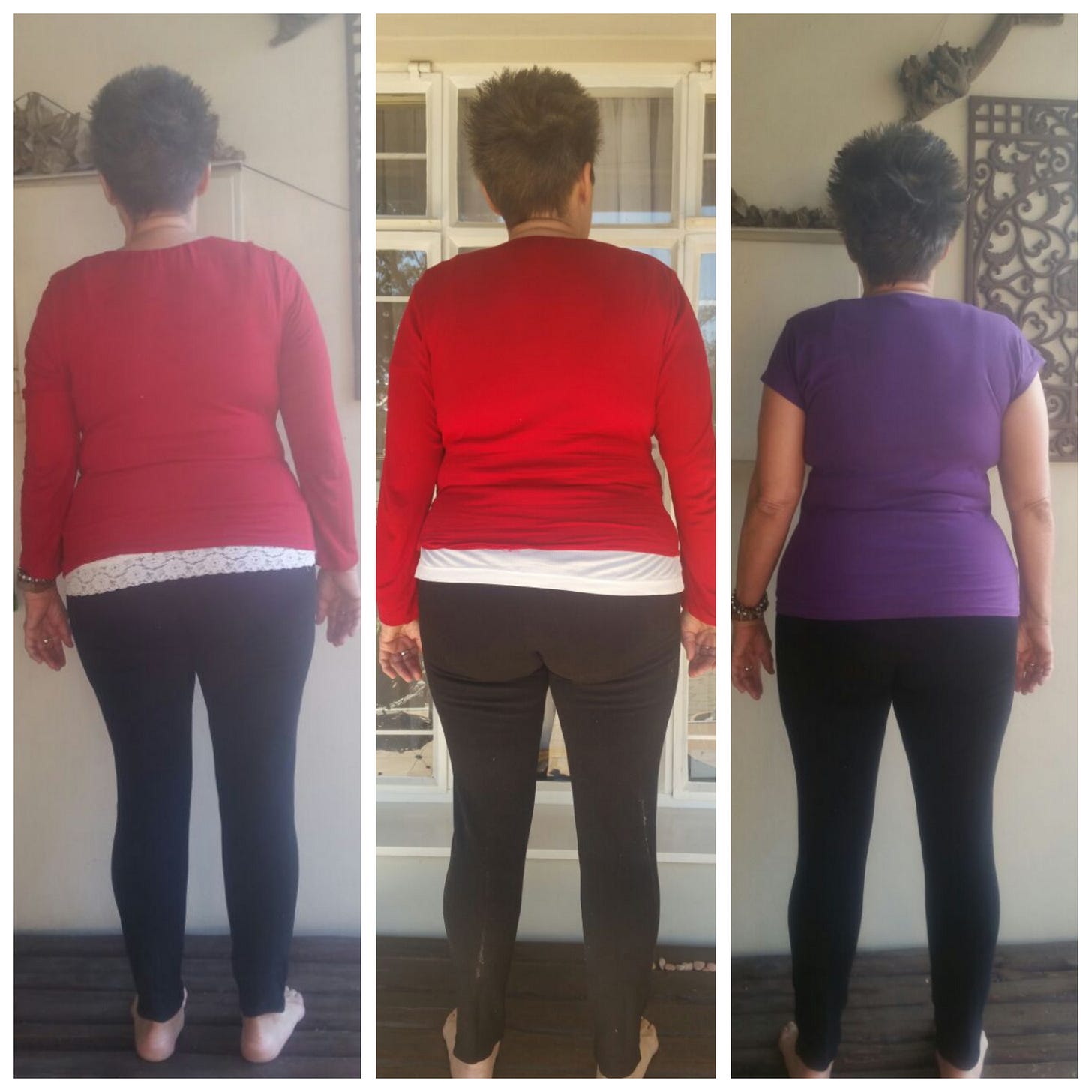
Conclusion:
Consistency is the key to success, but vision is the way to true health. Prevention is always better than the short-term fix, just because your health care supports you short term, how will it affect you long term? I see so many people walking with crutches, and ankle boots and looking pissed because they cannot play sports with their friends or worst case scenario, end up relying on opioids or black market drugs and are in constant pain, all because they failed to find a balance in their workouts.
Moral of the story
We are born nimble and supple, we die stiff and broken, What we do in between, can either serve you or fail you in the later years. After all the priority should be playing with your grandkids, without getting off the ground like a buckled crab (Scottish Slang for poor mobility) or break dancer.
Subscribe to my youtube channel
If you like my posts. please buy me a coffee, It inspires me to write more content while I enjoy my daily brew.
Paypal: paypal.me/joemoets ($5) ratna.j.white@gmail.com
Thanks for reading Ron the Healer! Subscribe for free to receive new posts and support my work.


